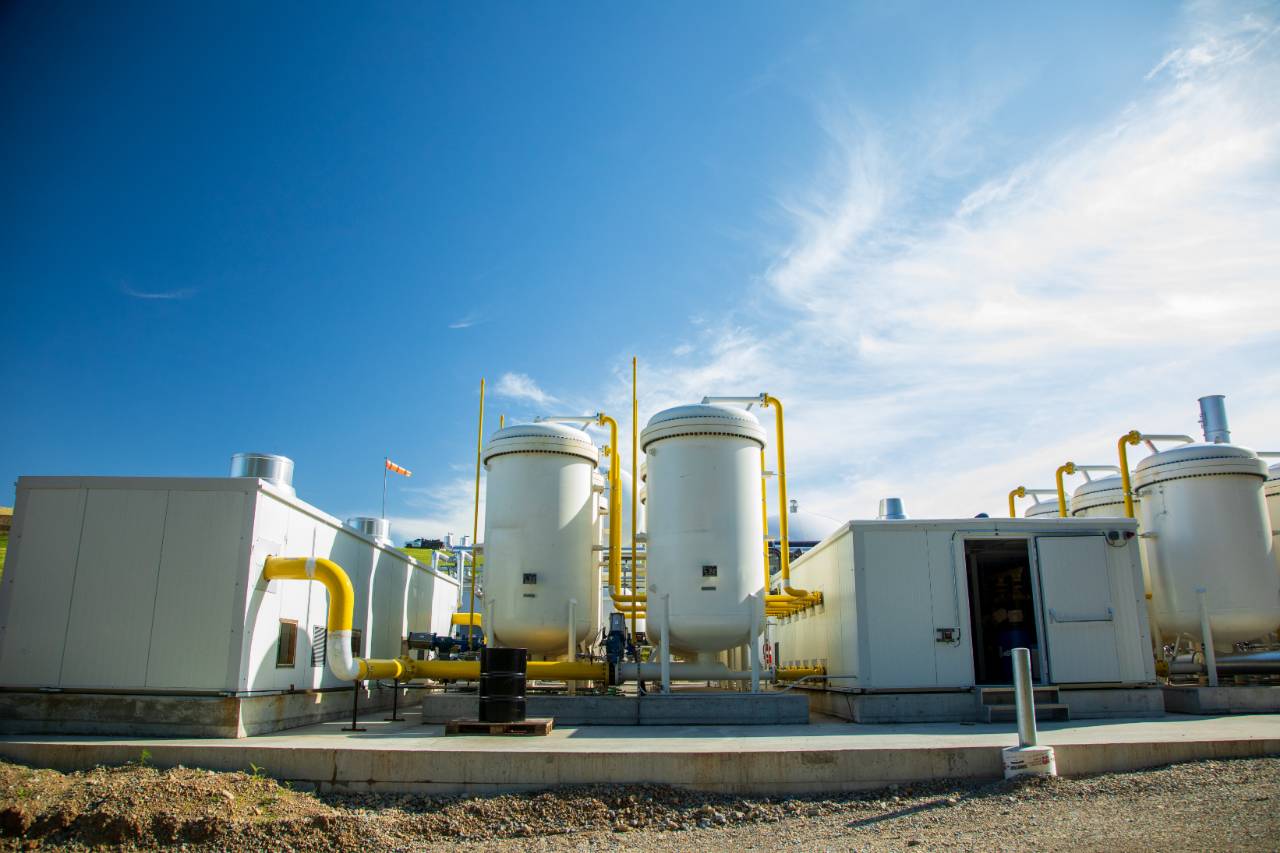Before 2015, America’s largest military post, Fort Hood, in Killeen, Texas, received approximately three-quarters of its energy – supporting its population of more than 45,000 soldiers and 5,400 civilian employees – from fossil fuels.
In just a matter of years, Fort Hood dramatically transformed its energy supply, with approximately 45% now coming from solar and wind power. The substantial change not only lowered the installation’s carbon footprint, but its operating costs as well. In the first year alone, Fort Hood saved about $2.5 million by adopting renewable energy on such a large scale.
For officials at the army installation, wider adoption of renewable energy made sense. They were first approached by Kathryn Hammack, the Assistant Secretary of the Army for Installations, Energy, and Environment’s Office of Energy Initiatives, in 2013. Hammack noted that having a local solar array would offer a more secure supply of energy to meet the military’s needs.
“The actual difference in lower power prices for the 30-year Power Purchase Agreement versus conventional power was a pleasant surprise.”
As energy companies began presenting Fort Hood with proposals, the monetary value in switching to renewables became clear. Over the course of a 30-year agreement, they may save millions of dollars, compared to if the installation continued with the same level of fossil fuel use.
“The actual difference in lower power prices for the 30-year Power Purchase Agreement (PPA) versus conventional power was a pleasant surprise,” says Timi Dutchuk, Chief of Environmental Programs at Fort Hood. “The additional benefit was the willingness from the developer to include an information center at Fort Hood, to provide education on environmental stewardship and the positive aspects of the project to the public.”
The official shift to renewables happened in 2017, when a field of 63,000 solar panels, spanning over 132 acres on West Fort Hood, and 21 wind turbines in the panhandle of Texas, began supplying the military post with around 65 megawatts of power.
The switch led to Fort Hood being presented with the 2018 Secretary of the Army Energy and Water Management Award for On-Site Energy Generation. Dutchuk says the project was successful thanks to “a cohesive team of subject matter experts, coupled with strong communication throughout the process, open-mindedness about innovative ideas, flexibility toward changes that came about during the process, and great energy champions through leadership and chain of command on all fronts.”
Across the country, other military installations are adopting a similar approach. In 2015, Fort Huachuca in Arizona also launched its new energy plan, whereby one quarter of its power came from a 68-acre, 17.2-megawatt photovoltaic array owned and operated by Tucson Electric Power. It is equivalent to the amount of energy required to power more than 3,000 homes, and offsets approximately 58,000 tons of carbon dioxide emissions per year.
At Fort Drum, New York, where 50,000 troops are trained annually, about 28 megawatts of electricity now come from a renewable energy biomass facility to meet the base’s energy needs.
Story by: Michelle Hampson (Sept. 2019).
Image credit: Dennis Schroeder / NREL.



